Welcome to the SOLOMON Expedition!
Introducing Jennifer Magnusson, who will be blogging for the expedition
How did I get here?
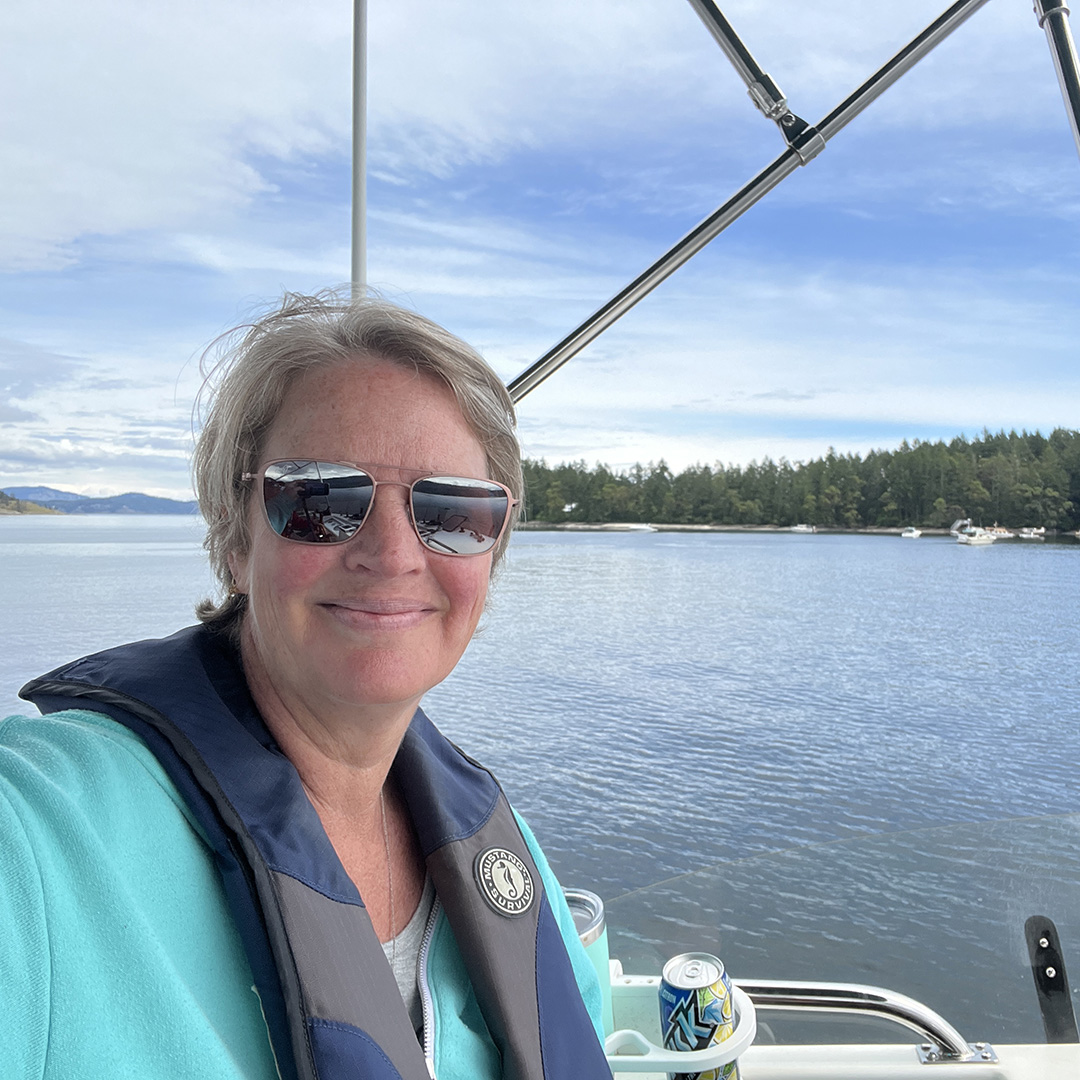
Nice to Meet You!
My name is Jennifer Magnusson and I am excited to be sharing this expedition experience with you! I will be spending 44 days at sea on the Korean Icebreaking Research Vessel (IBRV) Araon taking oceanographic measurements in the Southern Ocean and the Ross Sea. I will be deploying ten profiling floats, some of which have already been adopted by schools and other organizations around the world through our Adopt-a-float program. There are still floats available—sign up now so you and your students can give their float a name and follow its progress as we deploy it on this expedition!
As a part of several marine educator networks, I know that everyone’s education and career journey is different, so I’d like to share the path that led me to this amazing expedition to Antarctica!
My Day Job
After spending the summer of 2003 as an intern in MBARI’s Internship Program, I’ve been an independent contractor ever since. I update and maintain the outreach section of the GO-BGC website and the EARTH Workshop section of the MBARI website. At MBARI’s annual EARTH Workshops, educators work directly with scientists and engineers to understand and integrate their data sets into the lessons they develop. I also manage social media and websites for regional (NAME) and national (NMEA) marine education professional organizations to promote ocean literacy. I work remotely from beautiful Victoria, British Columbia.
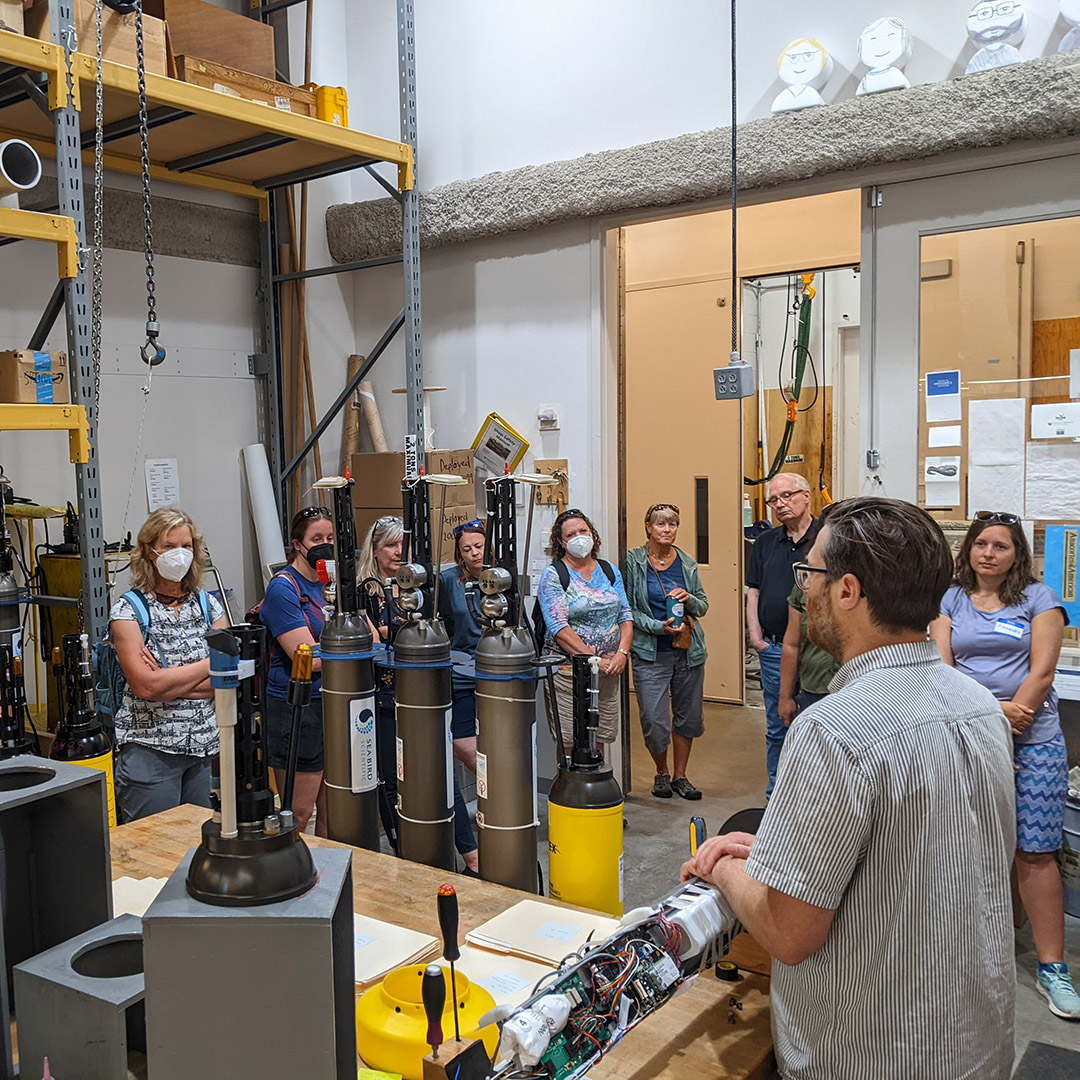
UW Float Engineer Greg Brusseau gives a tour of the float lab to MBARI EARTH teachers in 2023
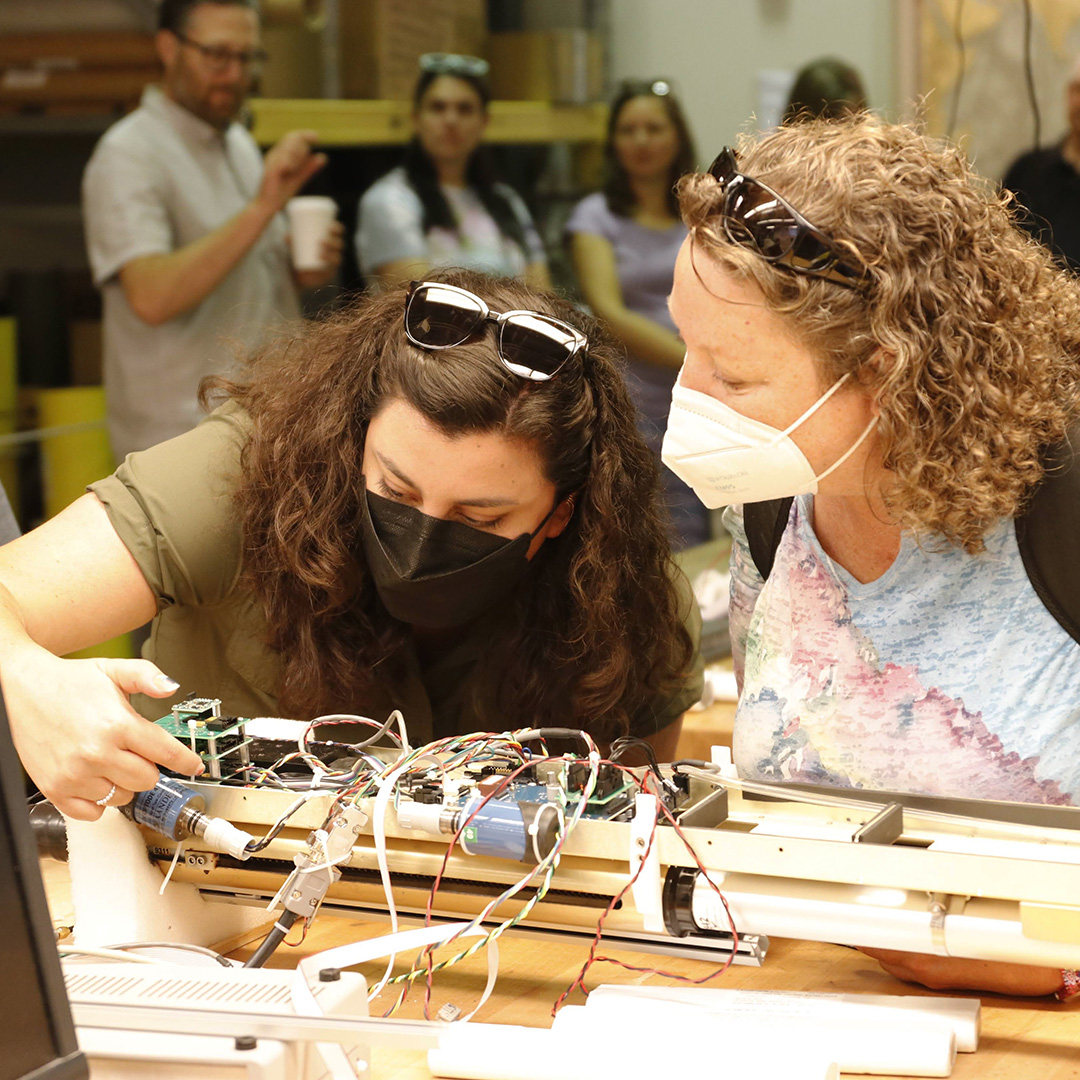
EARTH teachers get an up-close view of the internal workings of a float
My Background
A strong background in science anchors my education and outreach practice. I received a B.S. in Biology from Loyola Marymount University in Los Angeles, CA, where I spent a lot of time on the Baja peninsula studying marine and intertidal ecology. Then I headed up to the University of Alaska in Fairbanks, AK for an M.S. in Marine Biology (my favourite ology), where I studied hydrothermal vent ecology on the Mid-Atlantic Ridge. Once I decided that full-time research was not really my thing, I ended up at Western Washington University in Bellingham, WA, where I got an Elementary Teaching Certificate. I taught in elementary school classrooms in Bellingham and supported learners struggling with reading and math in Surrey, BC.
My At-Sea Experience
I’m no stranger to the high seas. As a graduate student at the University of Alaska Fairbanks, I was privileged to be offered a berth on the RV Knorr on an oceanographic expedition to hydrothermal vent sites at the “Lucky Strike” segment (37°N 32°W) of the Mid-Atlantic Ridge during summer 1996 with the Jason/Medea, Argo II, and DSL-120 underwater robotic systems. I was able to use the data we collected on that cruise to publish three papers as my masters thesis on hydrothermal vent mussel ecology. In 2001, I spent a semester sailing the warm Caribbean waters and teaching oceanography aboard the 88-foot schooner Ocean Star with Sea | Mester. My last expedition was in 2011, when I sailed as an onboard education officer aboard the JOIDES Resolution, a seagoing research vessel that drills core samples and collects measurements from under the ocean floor, giving scientists a glimpse into Earth’s development. I figured it was about time to head back out to sea and when this Antarctic opportunity came up, I jumped at the chance!
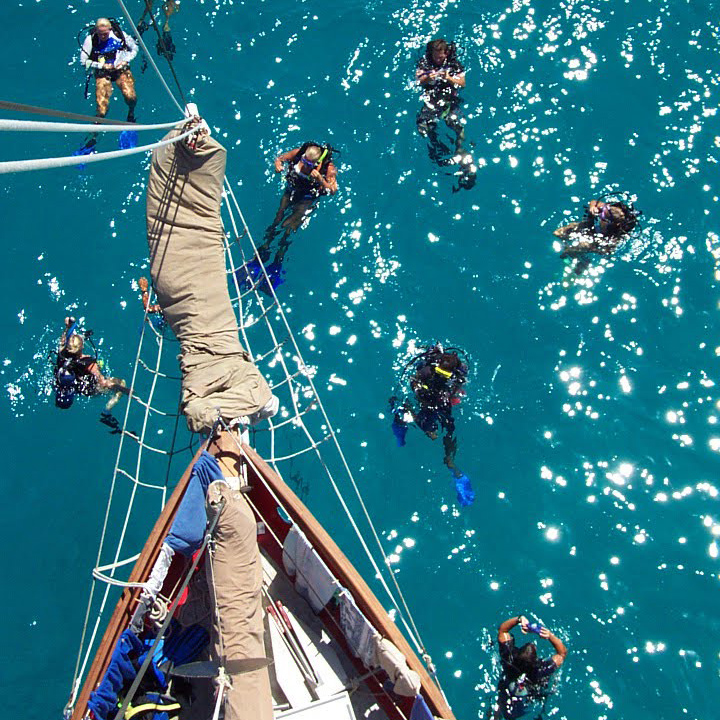
Diving in the Caribbean in 2001
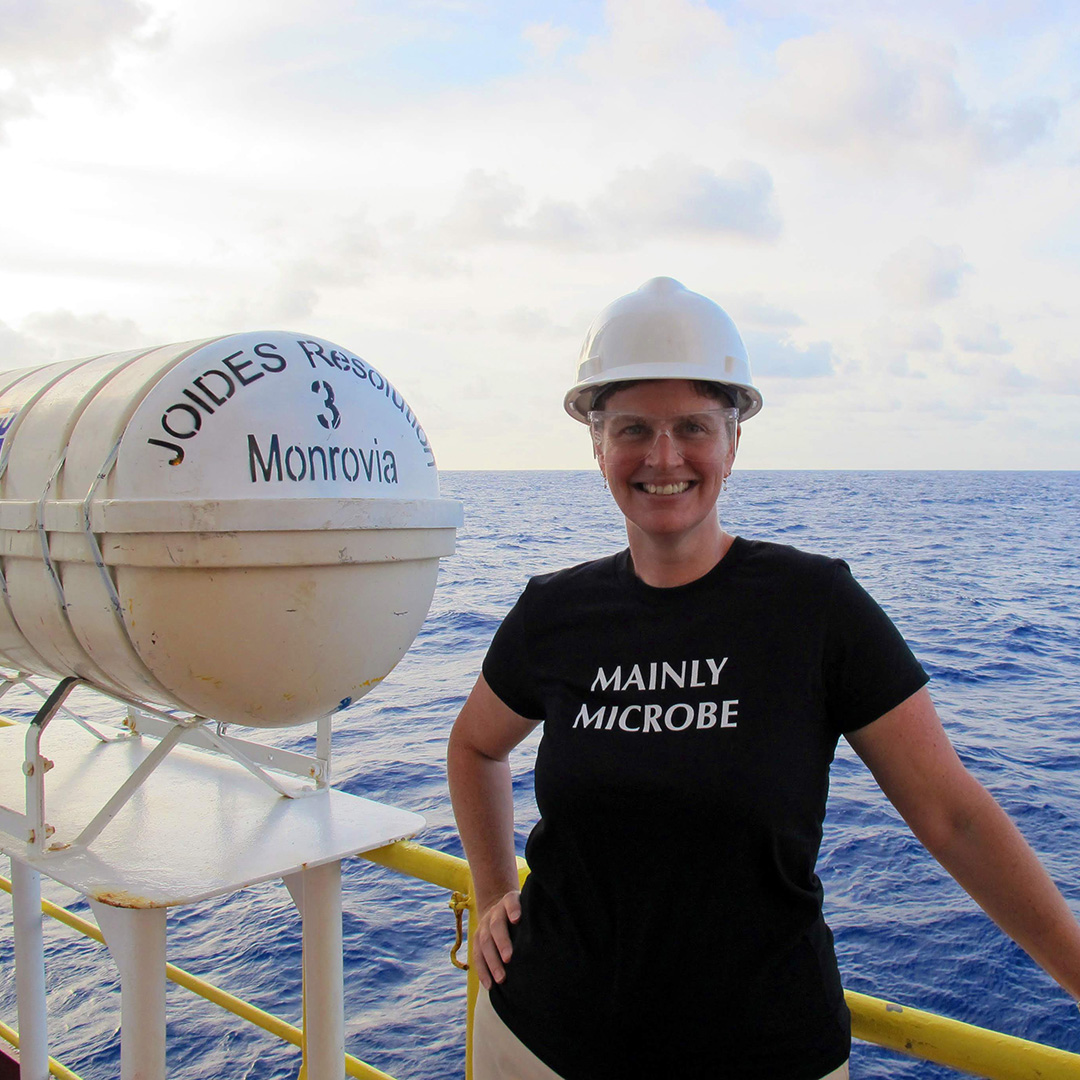
Onboard the JOIDES Resolution in 2011
